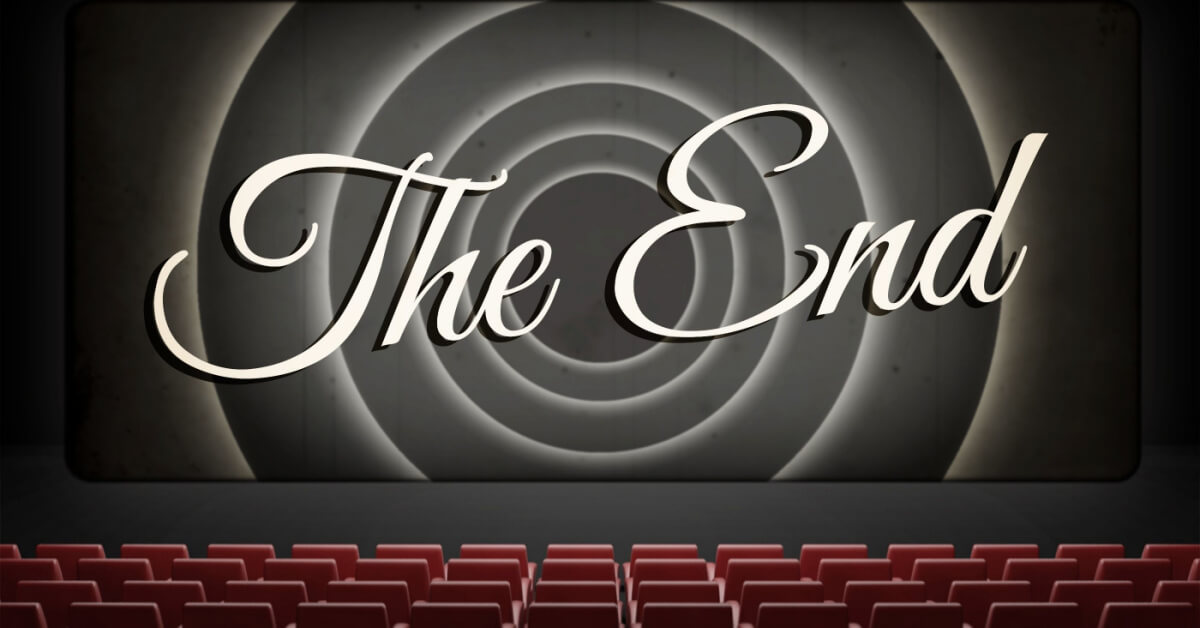March 28, 2023
This is the story of what began on a summer morning, July 18th, 2026. A full-page ad appeared in The New York Times presenting a bold challenge to the College Board, a non-profit mainstay of educational measurement, in the form of an ultimatum from a group of concerned citizens with financial means:
For the next five years, our organization offers to purchase, and place in escrow, the AP scores of all students who take these exams, on the condition that you may release them to students and colleges only after the annual admissions cycle has ended and the students have been admitted to college. Thus, students will still be eligible for placement credit upon enrollment, but the applicable scores will no longer be a criterion in the admissions process. Colleges will see the AP courses on the student’s high school transcripts, but there will be no record of the exam score until after an admissions decision is made. In the event that there is a drop in demand for AP testing as a result of this new practice, we will match your income level from the previous year.
This offer is good for one…


